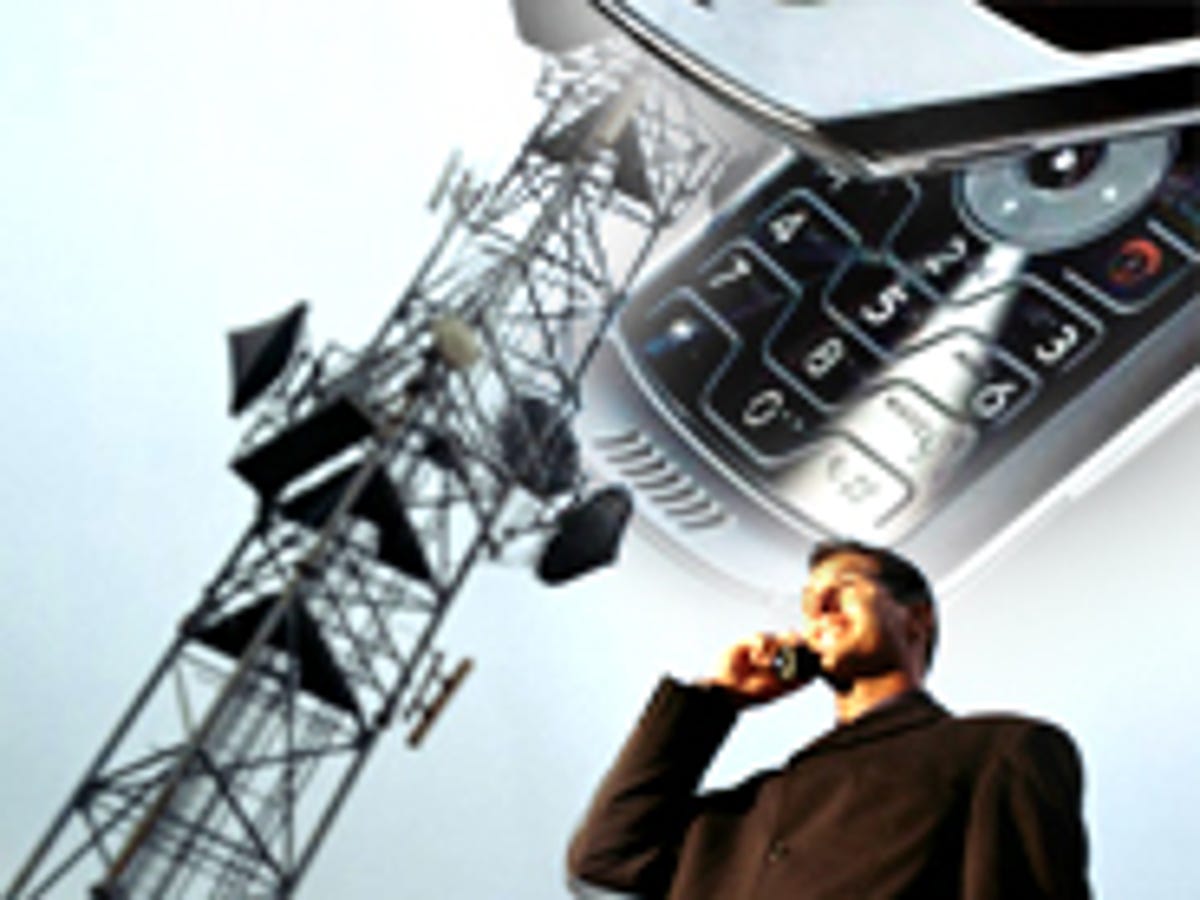A new program developed by a Duke University grad student promises to double the battery life of cell phones and other mobile devices by tweaking how they tap into Wi-Fi networks.

As described by its creator Justin Manweiler in a Duke Today story, downloading videos and other hefty content via Wi-Fi can cause a huge drain on the battery of a mobile device. This drain can be especially severe in crowded cities and other locations where multiple devices have to battle for available bandwidth.
So in an example cited by the story, downloading a movie in midtown Manhattan chews up more battery power than downloading the same one in a Midwest farmhouse.
The SleepWell software works by putting the Wi-Fi card in a mobile device to sleep while it waits its turn as other nearby devices download their slice of data. Comparing the flurry of mobile devices all grabbing data at the same time to employees who all leave work at the same time, Manweiler said that his software can relieve the congestion, thus preserving battery life. The software itself would run on Wi-Fi routers and wireless access points.
Manweiler explained to CNET that the sleep mode occurs at very fine timescales, meaning multiple times per second.
“Your Wi-Fi card already does this when it uses something called ‘Power Save Mode’ (which is common),” Manweiler said. “What SleepWell does is to improve the timing of entering and leaving these sleep states. During the ‘awake’ periods, SleepWell enables the Wi-Fi to download data more efficiently. The device does all the same work as before (nothing is changed to any negative user perception), but it does it all at a lower energy cost.”
The software was designed by Manweiler under the guidance of Romit Roy Choudhury, assistant professor of electrical and computer engineering at Duke’s Pratt School of Engineering. SleepWell was recently presented at the ninth Association for Computing Machinery’s International Conference on Mobile Systems, Applications and Services in Washington, D.C., where Manweiler and Choudhury received the runner-up award for Best Demo.
A research paper (PDF) co-authored by Manweiler and Choudhury describes SleepWell in greater detail.
Choudhury’s research team is supported by the National Science Foundation, as well as Microsoft Research, Cisco, Nokia and Verizon, according to Duke Today.
What are the next steps for SleepWell? Manweiler told CNET that the team wants to turn this idea into something that can benefit real users.
“The design is very much something than can be quickly deployed, given the appropriate interest,” he said. “Off the record, I can’t speak about actual commercial interest at this point. But on the record, I can say that we are very optimistic to see SleepWell adopted in projects soon. The energy savings are substantial, and the barriers to deployment are (by design) minimal.”
Updated 11 a.m. PT with comments from Manweiler.



